1. Etruscan Shrew
Size– 4 cm long, 1.8 grams
Diet– The Etruscan shrew, the world’s smallest mammal by mass, feeds primarily on insects and other small invertebrates. Due to its rapid metabolism, this tiny mammal needs to eat constantly, consuming nearly twice its body weight in food daily.
Habitat– This shrew is found in various habitats across North Africa, including Algeria, Egypt, and Morocco. It prefers warm, damp areas such as riparian thickets and shrubby forests.
Regions-While predominantly present in North Africa, the Etruscan shrew also inhabits parts of sub-Saharan Africa, often found along the fringes of forests and grasslands.
Special Characteristics-Despite its minute size, the Etruscan shrew has a disproportionately large head and a long, pointed snout. Its rapid heart rate, sometimes reaching 1,500 beats per minute, is a testament to its high-energy lifestyle.
2.Pygmy Mouse
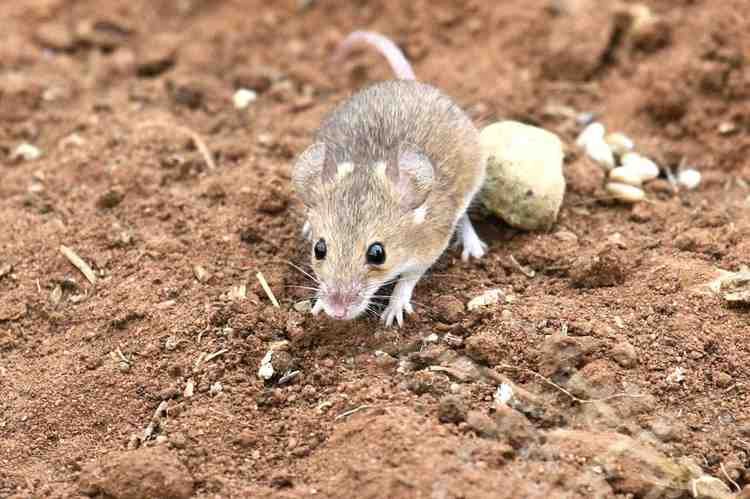
Size-5-7 cm long, 3-12 grams
Diet– The pygmy mouse feeds on seeds, small insects, and plant matter. Known for its agility, this mouse can leap up to 50 cm when startled, a remarkable feat considering its small size.
Habitat- Pygmy mice are commonly found in grasslands and savannas, particularly in Kenya, Tanzania, and South Africa.
Regions- Widespread across sub-Saharan Africa, especially in the eastern and southern regions.
Special Characteristics- With its tiny, round body and large eyes, the pygmy mouse is adapted to a nocturnal lifestyle, using its excellent hearing and quick reflexes to evade predators.
3.Speckled Padloper Tortoise

on Flickr (CC BY 2.0)
Size-6-8 cm long, 100-160 grams
Diet– This tortoise is herbivorous, feeding on a variety of succulent plants, leaves, and flowers.
Habitat- Native to the rocky outcrops of Namaqualand in South Africa, the Speckled Padloper is highly adapted to arid environments, often seeking shelter in rocky crevices.
Regions- Exclusively found in the Namaqualand region of South Africa.
Special Characteristics- The Speckled Padloper is the world’s smallest tortoise. Its shell is speckled with small, dark spots that provide excellent camouflage against the rocky terrain it inhabits.
4.Cape Dwarf Gecko
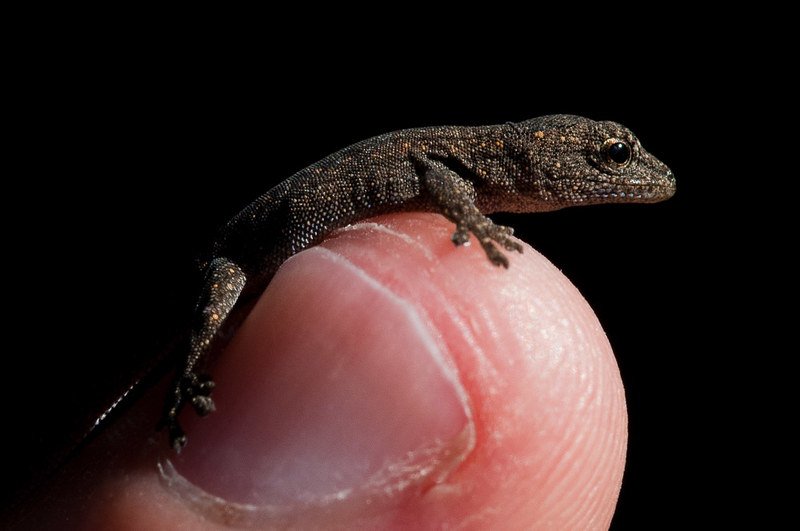
Size– 4-5 cm long, 1-3 grams
Diet-This gecko primarily feeds on small insects and spiders, utilizing its agility and climbing skills to hunt.
Habitat– Preferring coastal forests and savannas, the Cape Dwarf Gecko is commonly found in southeastern Africa, including South Africa and Mozambique.
Regions-Found along the southeastern coast of Africa.
Special Characteristics– This gecko’s vibrant coloration and ability to cling to various surfaces make it well-suited for life in trees and rocky environments. Its small size allows it to hide easily from predators.
READ MORE – earths-oldest-tiniest-creatures-are-poised-to-be-climate-change-winners
5.Dwarf Pygmy Goby
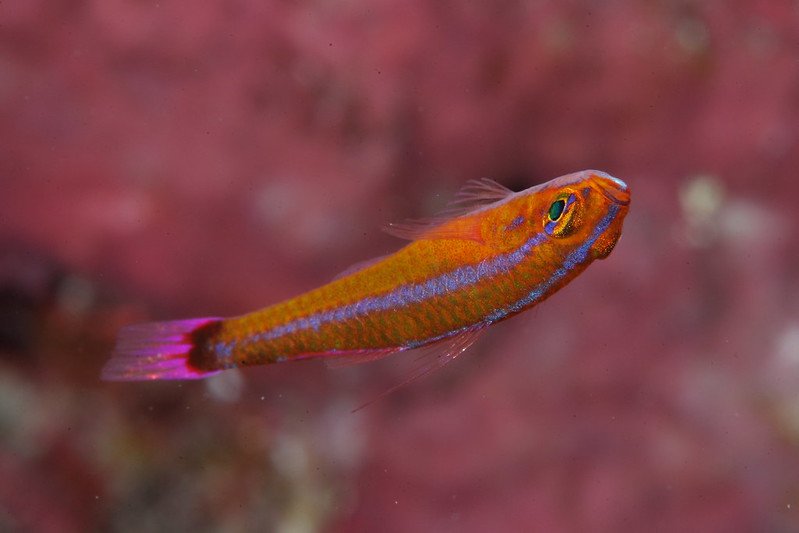
on Flickr (CC BY 2.0)
Size– 1.3 cm long, less than 1 gram
Die-The Dwarf Pygmy Goby feeds on tiny aquatic invertebrates and plankton, playing a crucial role in maintaining the balance of freshwater ecosystems.
Habitat-Found in the freshwater rivers and streams of West Africa.
Regions-Predominantly in countries like Nigeria, Ghana, and Sierra Leone.
Special Characteristics-As one of the world’s smallest fish, the Dwarf Pygmy Goby is nearly translucent, blending seamlessly with its watery surroundings to avoid predators.
6.Pygmy Chameleon

Size-2-4 cm long, 5-8 grams
Diet-The Pygmy Chameleon consumes small insects such as ants and flies. Its ability to change color helps it blend into its surroundings, making it an effective hunter and difficult for predators to spot.
Habitat-Inhabits the forests and woodlands of Madagascar and mainland Africa.
Regions-Found mainly in the forests of Madagascar and parts of East Africa, including Kenya and Tanzania.
Special Characteristics-The Pygmy Chameleon is not just small but also incredibly adept at camouflage. Its prehensile tail and independently moving eyes allow it to navigate its arboreal habitat with precision.
ALSO READ – scientists-find-oceans-of-water-on-mars-its-just-too-deep-to-tap
7.Western Pygmy Blue Butterfly
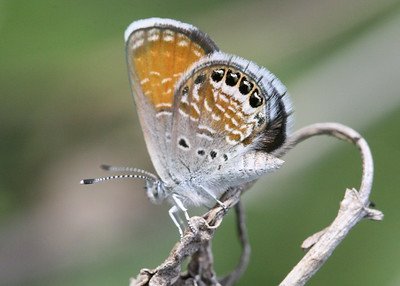
FollowFlickr (CC BY 2.0)
Size-Wingspan of 1.2 cm
Diet-This butterfly feeds on nectar from small flowers. Despite its size, it plays a significant role in pollination within its habitat.
Habitat-Prefers arid regions and deserts, thriving in harsh environments where few other species can survive.
Regions-Found in northern African countries like Morocco, Algeria, and Tunisia.
Special Characteristics-The Western Pygmy Blue Butterfly is one of the smallest butterflies in the world. Its delicate wings are beautifully patterned, allowing it to blend into the dry, arid landscapes it inhabits.
8.Common Dwarf Mongoose
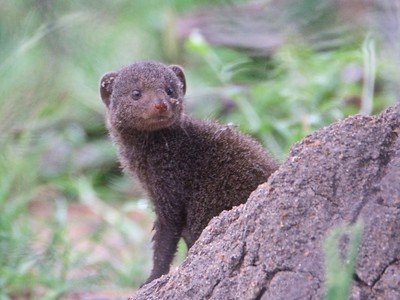
Size-18-28 cm long, 210-350 grams
Diet-Omnivorous, eating insects, small reptiles, fruits, and eggs. They often forage in groups and are known for their cooperative social behavior.
Habitat-Lives in savannas, forests, and scrublands, often seen near termite mounds, which they use for both food and shelter.
Regions-Found across East and southern Africa, including Uganda, Tanzania, and Botswana.
Special Characteristics-The Common Dwarf Mongoose is highly social, living in groups that communicate with a range of vocalizations. They are also known for their mutualistic relationship with birds, which alert them to predators.
9.Least Dwarf Shrew
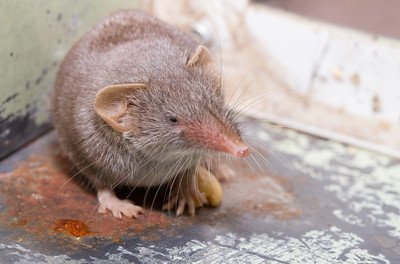
Size-3.5-5 cm long, 1.5-2 grams
Diet-Primarily insectivorous, feeding on small invertebrates and larvae.
Habitat-Prefers dense forests and grasslands where it can find ample cover and food.
Regions-Found in Central African countries like the Democratic Republic of Congo, Gabon, and Cameroon.
Special Characteristics-The Least Dwarf Shrew, with its sharp, needle-like teeth, is an effective predator of insects despite its tiny size. Its small stature allows it to squeeze into narrow crevices to hunt.
10.African Pygmy Hedgehog

Size-15-20 cm long, 250-600 grams
Diet-Feeds on a diet of insects, worms, fruits, and occasionally small vertebrates. It uses its keen sense of smell to forage at night.
Habitat– Found in a variety of habitats, including grasslands, forests, and even suburban areas.
Regions– Distributed across much of sub-Saharan Africa, from West Africa to East Africa, including countries like Nigeria and Uganda.
Special Characteristics– The African Pygmy Hedgehog is known for its spiny coat, which it uses as a defense mechanism against predators. When threatened, it rolls into a tight ball, presenting a formidable array of spines.
Follow Climate India for more Environmental News. Connect with us on Facebook, Twitter, Instagram, and YouTube




